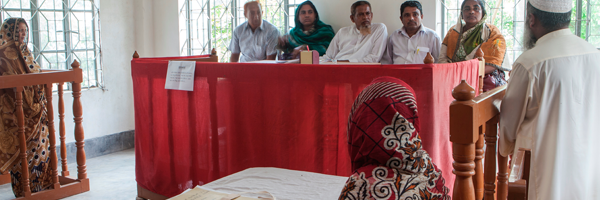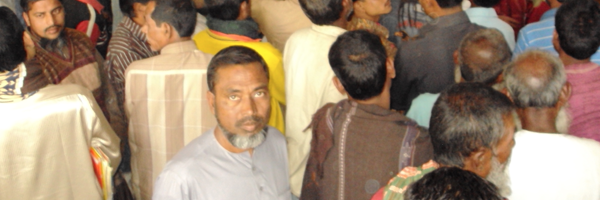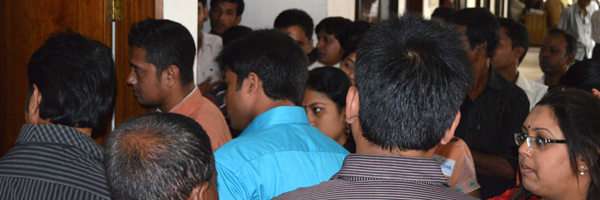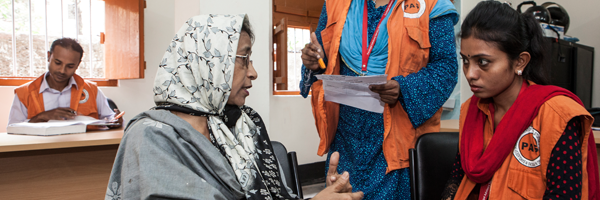
Acknowledgments
The JA Team wishes to thank the Honourable Minister, Ministry of Law, Justice and Parliamentary Affairs for commissioning this work. The JA Team also wishes to thank for his guidance Mr. Abu Ahmed Jamadar, Joint Secretary (Opinion) and NPD, JRCP Project and the GIZ team for their long hours and support. The JA Team extends particularly warm thanks and admiration to the District Focal Points who worked in difficult and often unexpected circumstances as well as to the heads of each institution in the five districts, the Institutional Focal Person, all of whom took time from the pressure of the moment to contribute to this project.
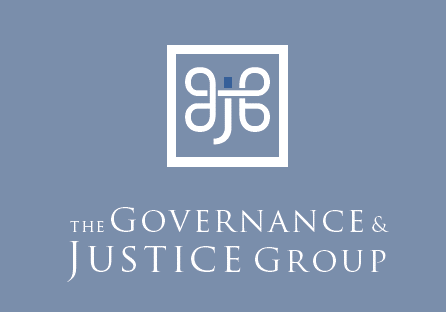
The Bangladesh Constitution guarantees human rights and freedom, equality and justice and rule of law for all citizens. Article 27 clearly mentions that all citizens are equal before the law. Article 33(1) ensures the rights for each citizen to consult with and be defended by a legal practitioner and article 35(3) affirms that every person accused of a criminal offence shall have the right to a speedy and public trial.
The existing policy framework of the Bangladesh Government also emphasizes on good governance. The Government in association with various national and international partners is wholeheartedly working to achieve its commitments in the Constitution, legal and policy framework. However, the criminal justice system in Bangladesh is still facing considerable challenges.
Numerous reports and articles over the last decade have pointed to a wide range of shortcomings. Few people would dispute the need to reform the criminal justice system. Whilst good efforts have been made in many institutions, the interdependencies within the system call for a more holistic reform strategy.
A consensus view is that ‘Doing Nothing is not an Option’.
The Ministry of Law, Justice and Parliamentary Affairs has adopted a new approach to reform in the criminal justice system by commissioning this pilot Justice Audit (JA) and we wish to highlight some aspects of this approach:
(a)The JA sees the criminal justice system from the ordinary user’s point of view; from the moment that a person comes into contact with the system, all the way through to disposal of the matter. Our JA therefore examines the system in that way: going through the process, collecting data at each event, from each institution, generating a data picture of what is actually happening in the system.
(b)In order to ensure maximum accuracy, the JA triangulates administrative data, collected by the justice institutions, with results from structured interviews with criminal justice practitioners as well as a public survey in the five districts. This technique is described in detail in the JA methodology, which is available on this website.
(c)The data captured by the JA allows reform policies to be crafted based on reliable data on how the system is currently operating. This will help us to address the weakest links in the criminal justice process and sequence reform measures efficiently.
(d)Reforming the criminal justice system will take considerable resources, and by providing a baseline, the JA will permit us to monitor and measure the results of all reform initiatives, thus improving accountability for how resources are used.
(e)Finally, and perhaps most importantly, our JA provides clear insight into the criminal justice system, not just for politicians and officials, but also for the media, for civil society, and for the public. This transparency will help inform and fuel debate, which in turn will stimulate valuable input into the reform work. The data is published online, and we have made every effort to present it in a way that is unambiguous and user-friendly.
These are some of the benefits we anticipate to derive from the JA, and which we believe will help us deliver meaningful improvements in people’s lives.
The JA is currently a pilot, covering five districts for the year 2012 (unless otherwise stipulated in commentary or data notes). If it proves as useful as we are hoping it will be, we shall calibrate the methodology further, on account of the lessons learned from the pilot, and then roll it out nationwide. However, in order to assess this pilot phase, we will be relying of feedback, suggestions and comments from the public. Therefore, as you go through the data on this website, should you find any errors, omissions or functions that require improvement, please send a message to the Monitoring and Evaluation Department in the Ministry of Law, Justice and Parliamentary Affairs.
Thank you for helping us make the most of our Justice Audit. We hope that you will find its contents interesting, useful, and thought provoking.
How to Navigate the Justice Audit Website
Website Navigation Bar
Navigating district data
District buttons

The five districts were selected by the Ministry of Law, Justice and Parliamentary Affairs: Comilla, Mymensingh, Gopalganj, Madaripur and Rangpur. Each district has its own Justice Audit.
Key Stories buttons

The data is organised around three key 'stories': Citizen Experience and Perspectives, Crime and Policing and State Adjudication and Custody.
Panel headings

Each key story has three dimensions. The left hand panel maps Infrastructure and Resources locating the services and providing supplementary data in the form of pop-ups. The central panel illustrates Case Management and Population Profiles. The right hand panel sets out data pertaining to Corroboration and Governance. A scroll down bar on the right side of each panel is sometimes used when the data requires it.
Bottom ribbon
The bottom ribbon of each panel provides:
Interactivity
The Justice Audit allows the viewer to decide what data is of interest and the extent to which s/he wishes to drill down into it. Further navigation is provided in each panel commentary.
